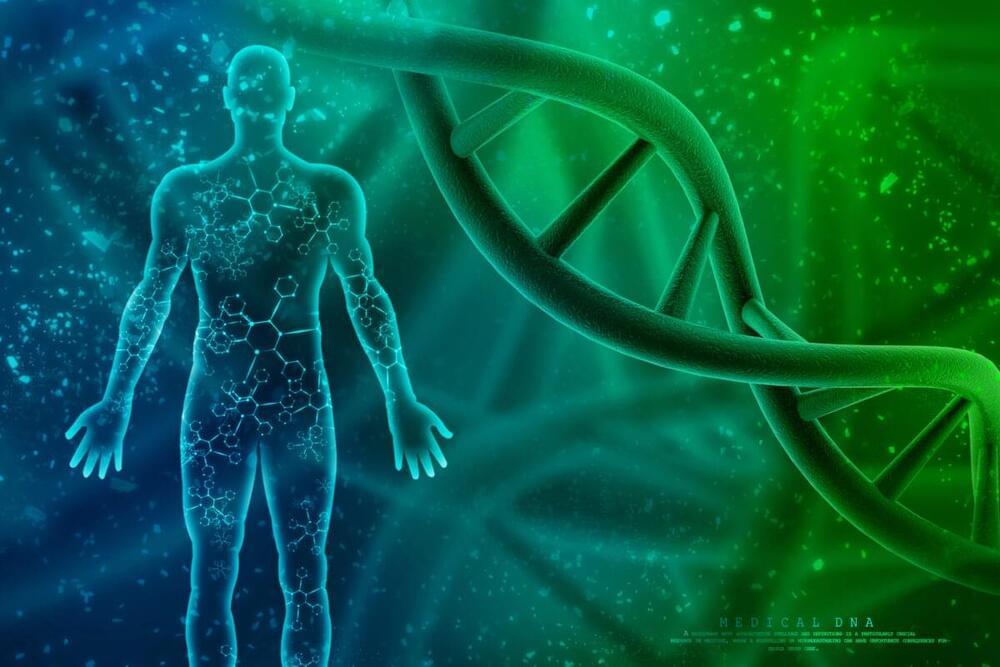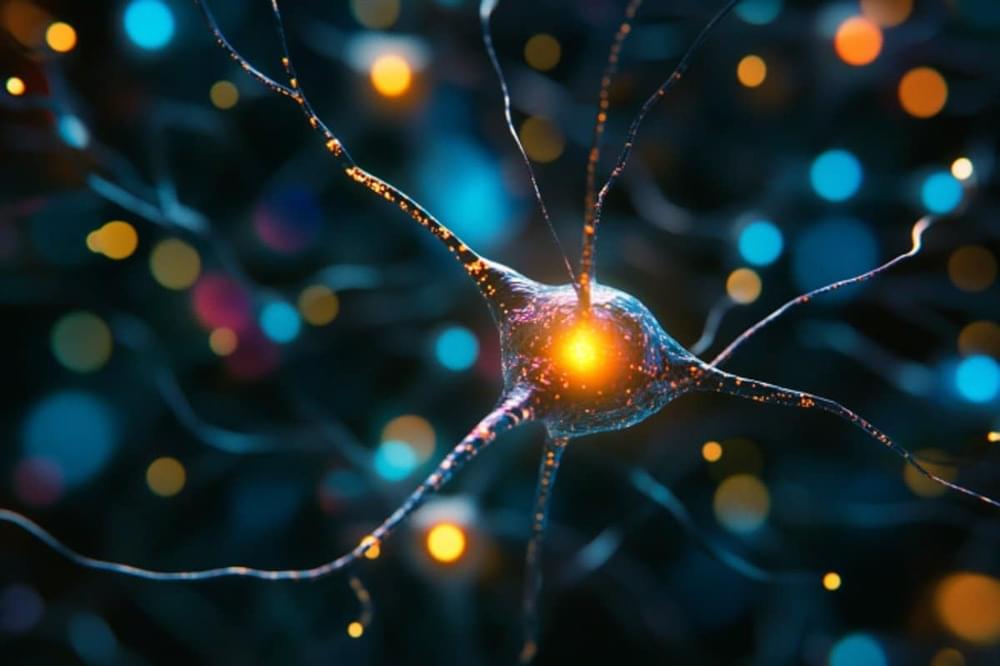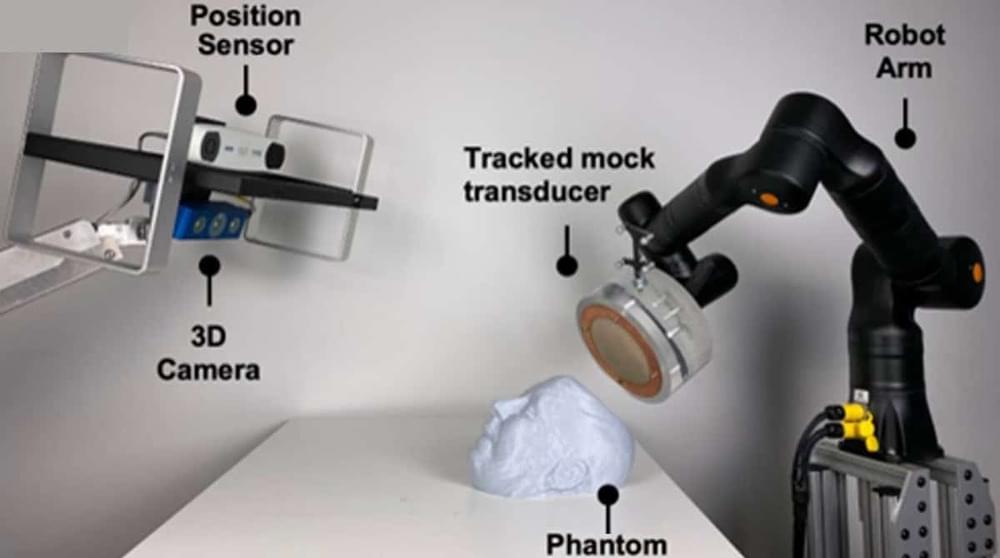New research suggests we’ve misunderstood how the building blocks of life on Earth came together. See what scientists found.



A breakthrough in understanding how a single-cell parasite makes ergosterol (its version of cholesterol) could lead to more effective drugs for human leishmaniasis, a parasitic disease that afflicts about 1 million people and kills about 30,000 people around the world every year.
The findings, reported in Nature Communications, also solve a decades-long scientific puzzle that’s prevented drugmakers from successfully using azole antifungal drugs to treat visceral leishmaniasis, or VL.
About 30 years ago, scientists discovered the two species of single-cell parasites that cause VL, Leishmania donovani and Leishmania infantum, made the same lipid sterol, called ergosterol, as fungi proven susceptible to azoles antifungals. These azoles antifungals target a crucial enzyme for sterol biosynthesis, called CYP51.

A new type of norovirus is causing a very high number of cases in countries like England, just as a large trial of an mRNA vaccine is starting up.

If you’ve heard of two of the brain’s chemical neurotransmitters, it’s probably dopamine and serotonin. Never mind that glutamate and GABA do most of the work—it’s the thrill of dopamine as the “pleasure chemical” and serotonin as a tender mood-stabilizer that attract all the headlines.
Of course, the headlines mostly get it wrong. Dopamine’s role in shaping behavior goes way beyond simple concepts like “pleasure” or even “reward”. And the fact that it takes weeks or months for serotonin-boosting SSRI antidepressants to work suggests that it’s not actually the immediate jump in serotonin levels that drum out the doldrums of depression, but some still-mysterious shift in downstream brain circuits.
A new study from Stanford’s Wu Tsai Neurosciences Institute reveals yet another new facet of these mood-managing molecules. The research, published November 25, 2024 in Nature, demonstrates for the first time exactly how dopamine and serotonin work together—or more precisely, in opposition—to shape our behavior.


It’s time to recalibrate the navigation systems on ships, airplanes, and (given the time of year) Santa’s sleigh: the position of the magnetic North Pole is officially being changed, continuing its shift away from Canada and towards Siberia.
Experts from the US National Oceanic and Atmospheric Administration (NOAA) and the British Geological Survey (BGS) have joined forces – as they do every five years – to produce a new, more accurate World Magnetic Model (WMM).
While the geographical North Pole stays fixed in place (at the very summit of the Earth’s rotational axis), the WMM pinpoints the magnetic North Pole – where Earth’s magnetic field points straight down, a perfectly vertical magnetic field.

Each year, flu causes hundreds of thousands of deaths and millions of hospitalizations worldwide. Although the best way to protect against serious illness is annual vaccination, the influenza vaccine’s effectiveness is far from perfect. In the past decade, CDC estimates of flu vaccine effectiveness have ranged from a low of 19% to a high of 48%, spurring calls for development of more effective flu vaccines. Now, NIH-funded researchers at the Stanford University School of Medicine have taken a new approach to crafting flu vaccines that resulted, both in mice and human tonsil tissue, in a more broadly protective immune response compared to currently available flu vaccines. The studies were led by Mark M. Davis, Ph.D., and the findings appeared in Science.
The trouble with current vaccines
Currently, flu vaccines are formulated annually to contain up to four strains of human influenza virus that are predicted to circulate widely in the coming season. For example, the 2024–2025 seasonal flu vaccine contains two strains of the influenza viurs A subtype and one of influenza virus B subtype. Each virus strain includes a viral protein called hemagglutinin (HA) that the virus uses to attach to and enter human cells. The immune system recognizes and responds to components of a virus or a vaccine—the antigens—by generating protective antibodies and T cells. On exposure to the flu virus, a subset of flu-specific T cells, called CD4+ helper T cells, provides signals to generate and activate antibody-producing B cells. Ideally, a swarm of HA-matched antibodies is produced following vaccination and will protect the vaccinated person from infection by flu virus strains represented in that year’s vaccine.
Join us on Patreon! https://www.patreon.com/MichaelLustgartenPhD
Discount Links/Affiliates:
Blood testing (where I get the majority of my labs): https://www.ultalabtests.com/partners/michaellustgarten.
At-Home Metabolomics: https://www.iollo.com?ref=michael-lustgarten.
Use Code: CONQUERAGING At Checkout.
Clearly Filtered Water Filter: https://get.aspr.app/SHoPY
Epigenetic, Telomere Testing: https://trudiagnostic.com/?irclickid=U-s3Ii2r7xyIU-LSYLyQdQ6…M0&irgwc=1
Use Code: CONQUERAGING
NAD+ Quantification: https://www.jinfiniti.com/intracellular-nad-test/

For the first time, scientists have imaged an entirely new form of magnetism called altermagnetism.
The researchers used cutting-edge x-ray techniques to visualize and fine-tune this novel magnetic material, which is very different from the kind of magnets we know in day-to-day life.
Their findings, published in Nature, demonstrate that altermagnetic materials can be precisely controlled in microscopic devices, marking a major step forward in magnetic and material science.

Rapidus becomes the first Japanese firm to announce 2nm trial production and integrate ASML’s EUV equipment, potentially gaining a place in NVIDIA’s supply chain.
Rapidus Announces 2nm Trial Production To Occur By 2025, Commercial Production Slated For 2027, Almost Two Years After TSMC
When you look at the general semiconductor dynamics, it won’t be wrong to say that TSMC has a wide lead, taking in orders from all the big tech giants out there. Competition from the likes of Intel Foundry and Samsung isn’t looking too good, given that both companies are witnessing organizational flaws, which has given TSMC a clear edge. However, Rapidus, which is said to be an emerging semiconductor player, has announced the integration of ASML’s EUV scanners in a facility in Japan and has also revealed that 2nm production is on track, ready to compete with TSMC.